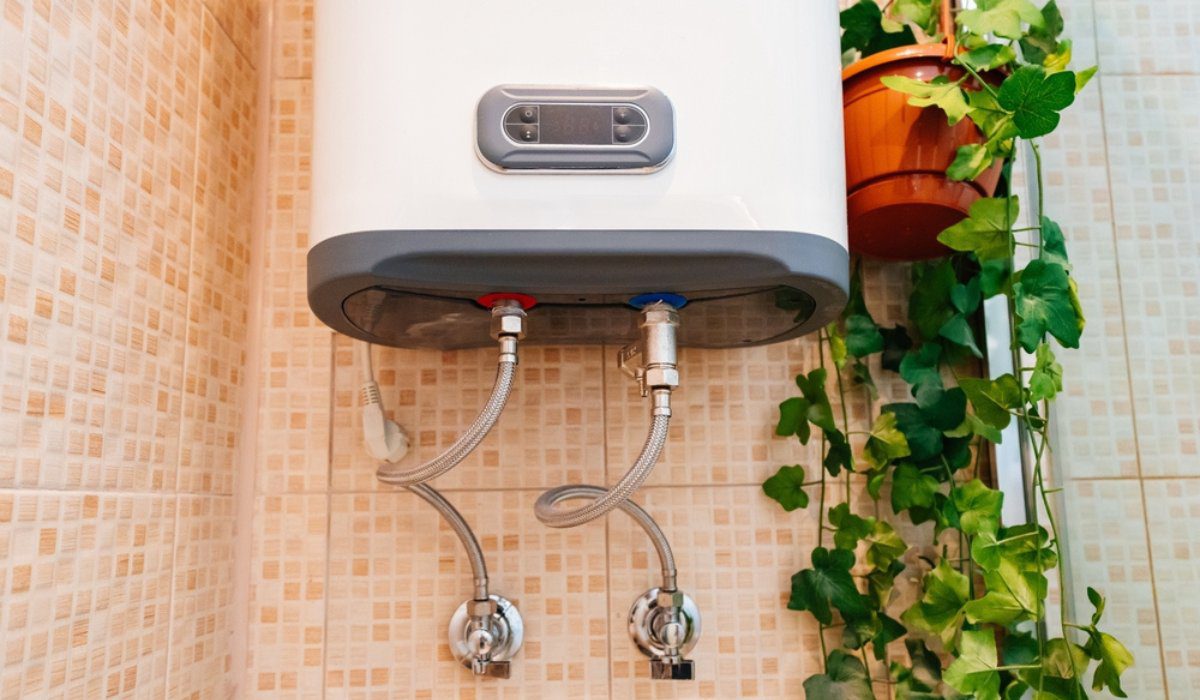How to Care for Your Home's Hot Water System ProperlyHow to Extend the Lifespan of Your Home's Hot Water System Through MaintenanceEssential Care Tips for Your Home's Hot Water System
How to Care for Your Home's Hot Water System ProperlyHow to Extend the Lifespan of Your Home's Hot Water System Through MaintenanceEssential Care Tips for Your Home's Hot Water System
Blog Article
What are your thoughts and feelings on What Kind of Maintenance Do Water Heaters Need??

Warm water is necessary for everyday convenience, whether it's for a refreshing shower or washing meals. To guarantee your warm water system runs efficiently and lasts longer, routine upkeep is crucial. This write-up provides useful ideas and understandings on exactly how to preserve your home's hot water system to prevent interruptions and pricey fixings.
Intro
Maintaining your home's hot water system might seem difficult, however with a few easy actions, you can guarantee it runs efficiently for many years ahead. This overview covers every little thing from recognizing your warm water system to do it yourself upkeep ideas and recognizing when to employ expert assistance.
Value of Maintaining Your Hot Water System
Regular upkeep not just expands the life-span of your warm water system however likewise guarantees it operates effectively. Overlooking maintenance can lead to decreased efficiency, greater power costs, and also premature failure of the system.
Signs Your Hot Water System Needs Upkeep
Recognizing when your warm water system needs attention can prevent major concerns. Keep an eye out for indications such as inconsistent water temperature, strange sounds from the heating system, or rustic water.
Comprehending Your Hot Water System
Prior to diving right into maintenance tasks, it's helpful to comprehend the basic elements of your warm water system. Usually, this consists of the water heater itself, pipelines, anode poles, and temperature controls.
Month-to-month Maintenance Tasks
Routine month-to-month checks can aid catch minor problems before they intensify.
Purging the Hot Water Heater
Flushing your water heater eliminates sediment accumulation, boosting performance and prolonging its life.
Checking and Replacing Anode Rods
Anode rods stop deterioration inside the tank. Checking and changing them when worn out is essential.
Checking and Readjusting Temperature Settings
Adjusting the temperature settings guarantees ideal performance and security.
DIY Tips for Maintenance
You can carry out a number of maintenance tasks yourself to keep your hot water system in top condition.
Checking for Leaks
Routinely evaluate pipelines and links for leakages, as these can lead to water damage and greater costs.
Examining Stress Alleviation Valves
Checking the stress safety valve guarantees it operates correctly and prevents extreme pressure accumulation.
Shielding Pipes
Protecting warm water pipelines reduces warm loss and can conserve power.
When to Call a Professional
While DIY maintenance is helpful, some concerns require expert know-how.
Facility Issues Requiring Expert Aid
Instances consist of major leaks, electrical issues, or if your hot water heater is constantly underperforming.
Regular Specialist Upkeep Perks
Specialist upkeep can include detailed assessments, tune-ups, and guaranteeing compliance with security requirements.
Verdict
Normal upkeep of your home's warm water system is vital for effectiveness, longevity, and cost financial savings. By adhering to these ideas and recognizing when to seek specialist assistance, you can guarantee a reliable supply of hot water without unanticipated interruptions.
Water Heater Maintenance Tips
Test the TPR Valve
Shut off the power and the cold-water supply valve. Place a bucket under the pipe connected to the temperature-pressure-release (TPR) valve on the top or side of the tank. (This valve opens if the tank pressure gets too high.) Lift the valve’s tab to let some water out, then let go. If water keeps flowing, drain the tank partway, unscrew the old valve with a pipe wrench, and install a new one. Check the Anode Rod
Put a hose to the tank’s drain cock and let out a few gallons of water. Now fit a 1 1/16-inch socket onto the rod’s hex head on top of the heater (or under its top plate) and unscrew the rod. If it’s less than ½ inch thick or coated with calcium, buy a new one, wrap its threads with Teflon tape, put it back in the tank, and tighten securely. Use this segmented rod if headroom above the tank is limited. Drain the Tank and Wash Out Sediment
Drain the remaining water in the tank into the bucket, then stir up the sediment on the tank’s bottom by briefly opening the cold-water supply valve. Drain and repeat until clean water comes out of the hose. Close the drain cock, refill the tank, and turn its power back on. Adjust the Temperature
Find the temperature dial on the side of the tank and unscrew its cover. Adjust the dial to 120 degrees using a flathead screwdriver. For every 10 degrees the temperature is lowered, you can expect to save up to 5 percent in energy costs. Turn the water heater off or the thermostat down to its lowest setting if you plan to be away from home for more than three days. Insulate the Pipes
Buy some self-sticking 3/8-inch-thick foam pipe insulation that matches the pipes’ diameter. Slide the foam over the hot-and cold-water pipes as far as you can reach. Insulating the cold-water pipe prevents condensation in summer. Peel the tape and squeeze the insulation closed. If the pipe is 6 inches or less from the flue, cover it with 1-inch-thick unfaced fiberglass pipe wrap. https://www.thisoldhouse.com/plumbing/21016402/how-to-maintain-a-water-heater

Do you like more info about Tips For Maintaining Your Hot Water Heater? Try leaving feedback down below. We'd be delighted to know your reactions about this posting. Hoping to see you back again in the future. Do you know about another person who is interested by the niche? Please feel free to promote it. Thank you for going through it.
Course Detail Report this page